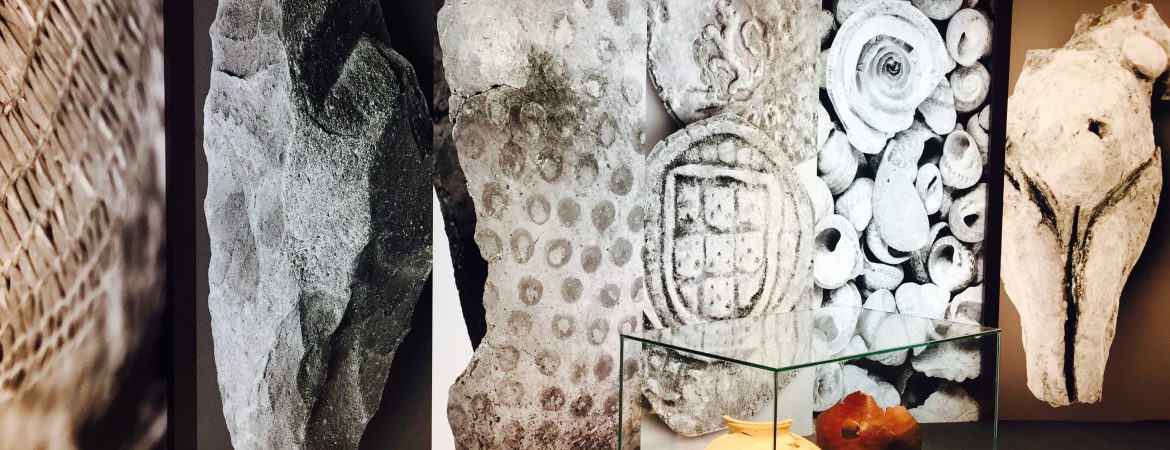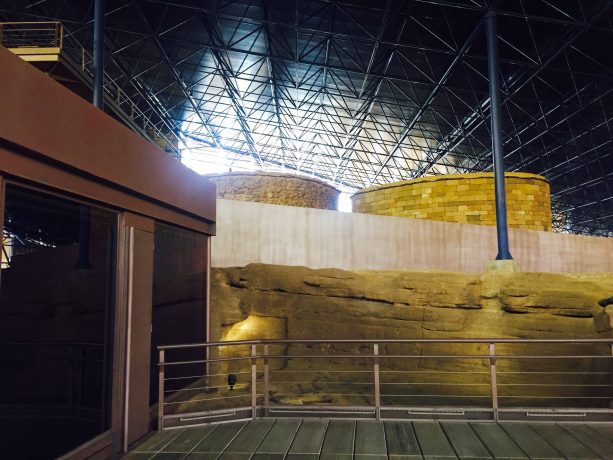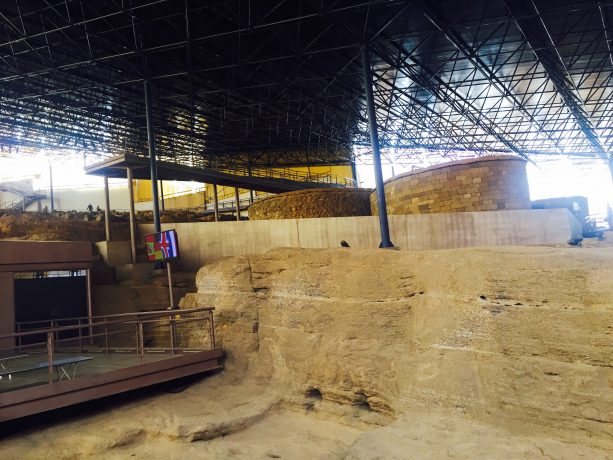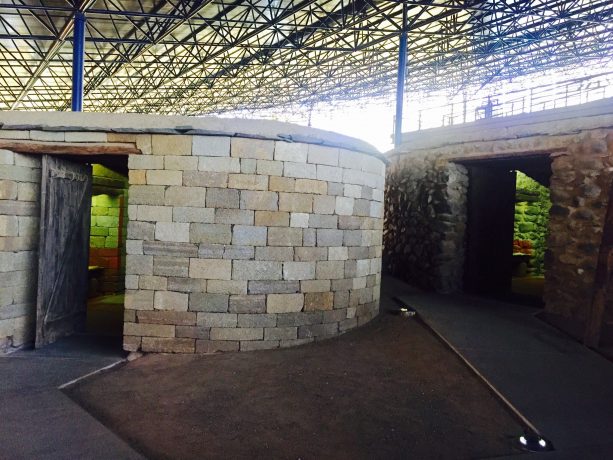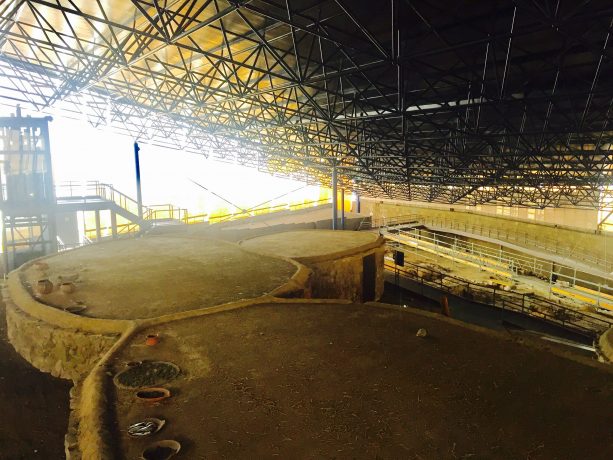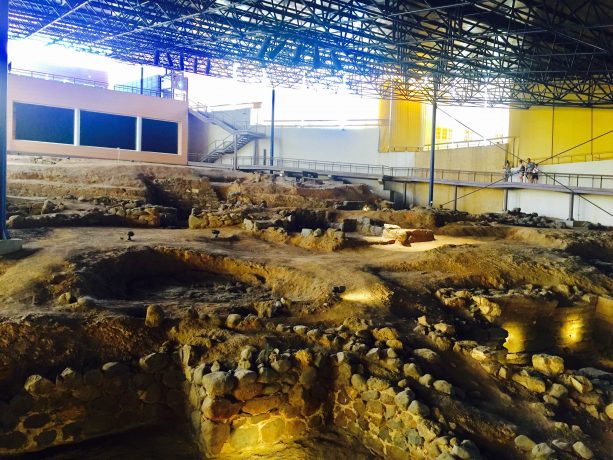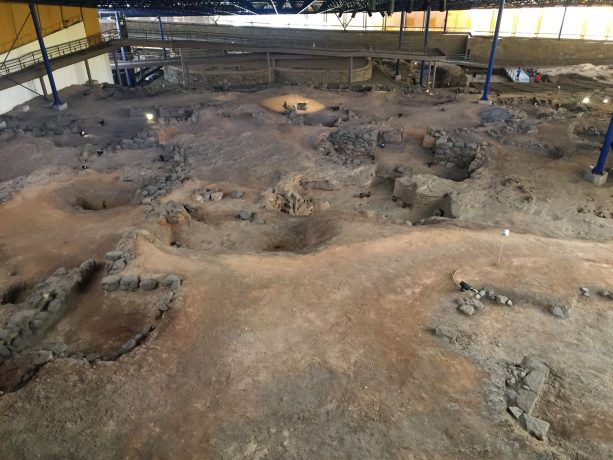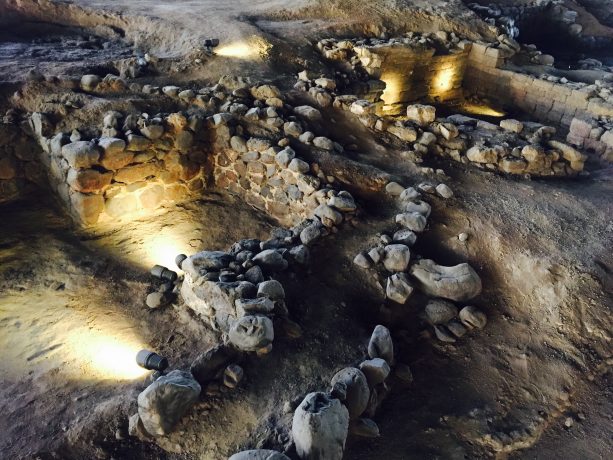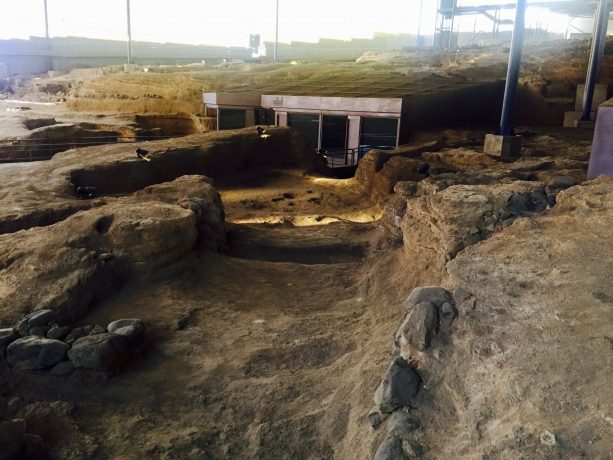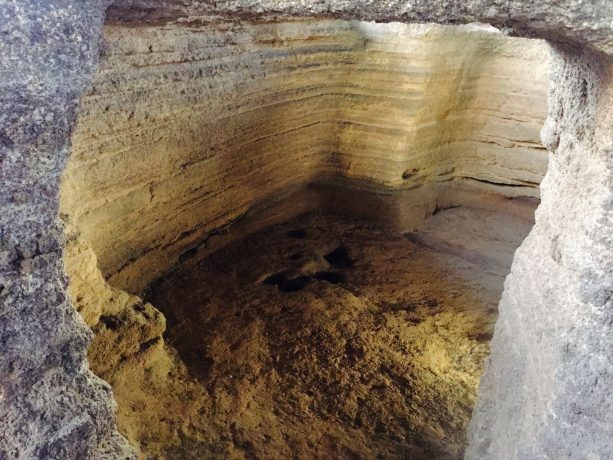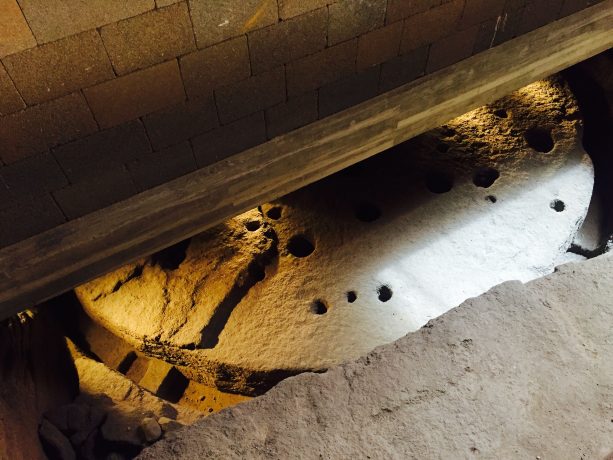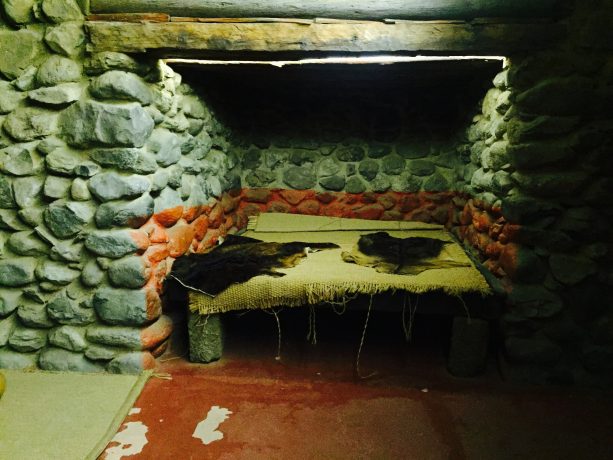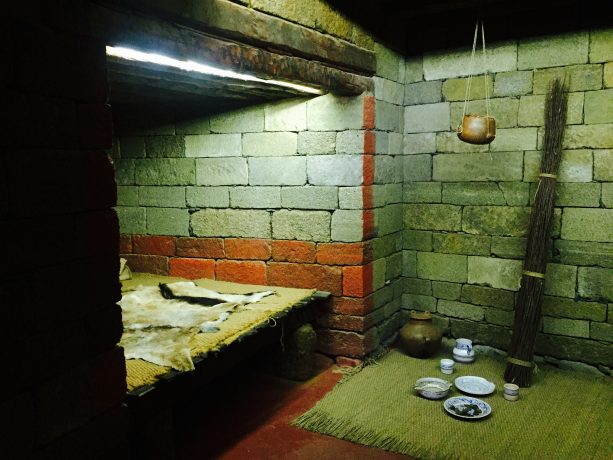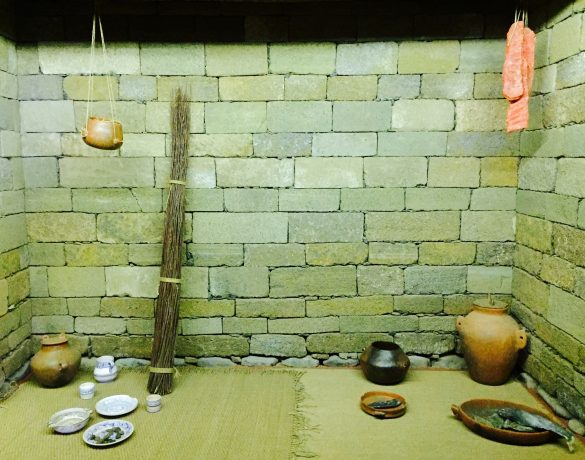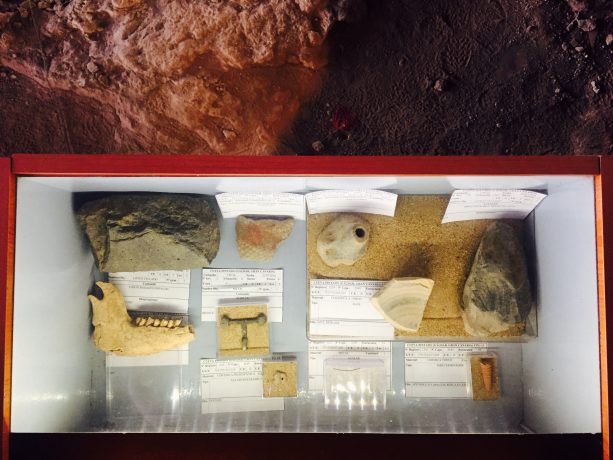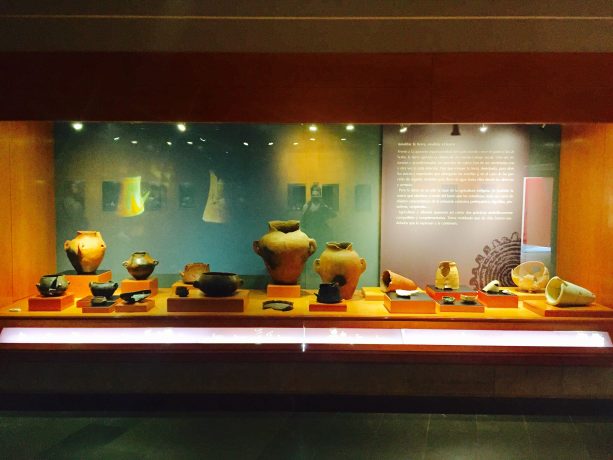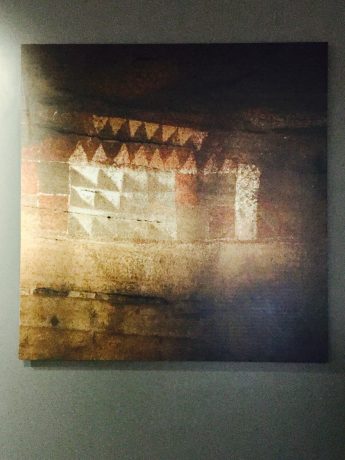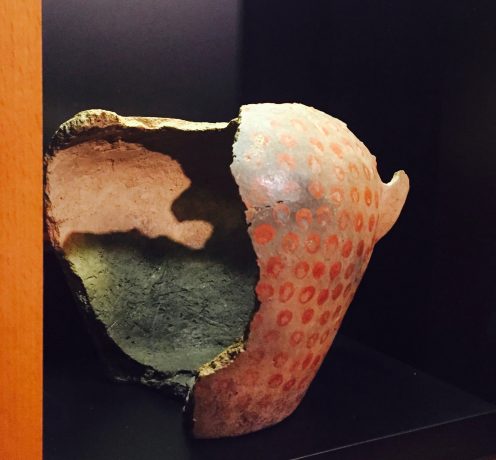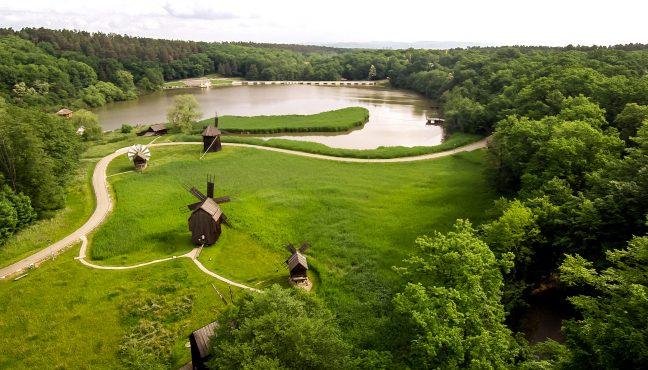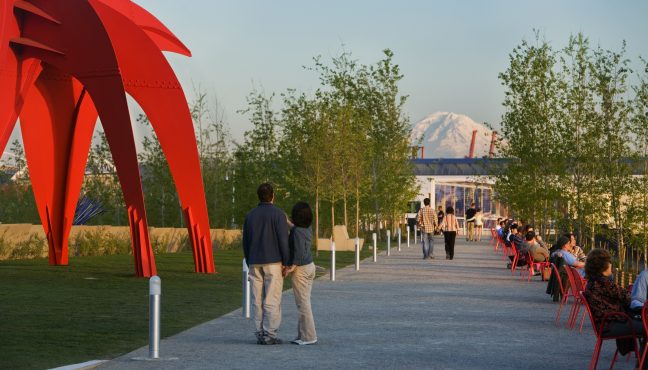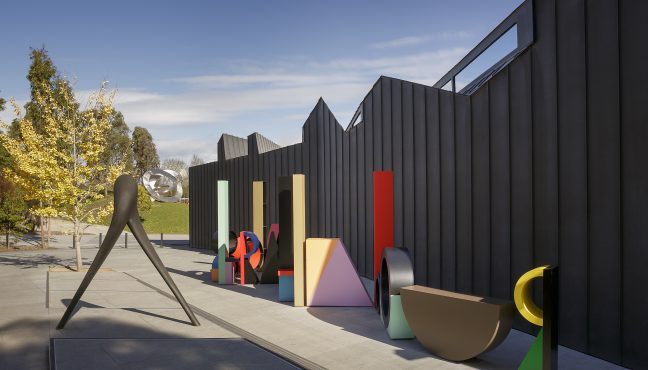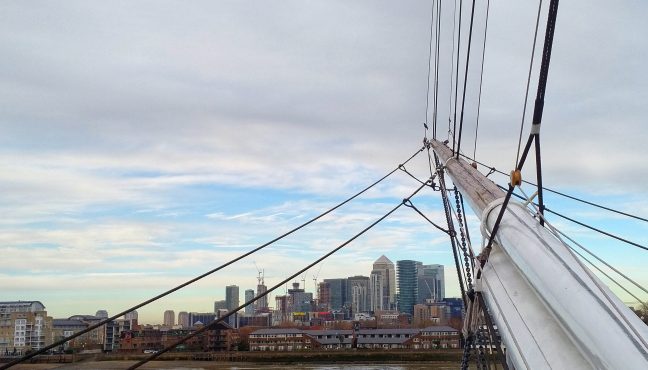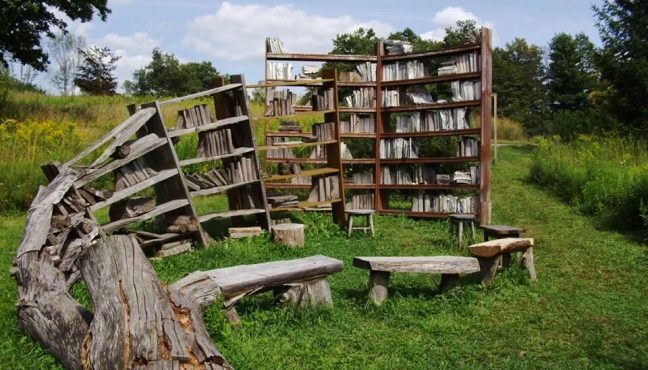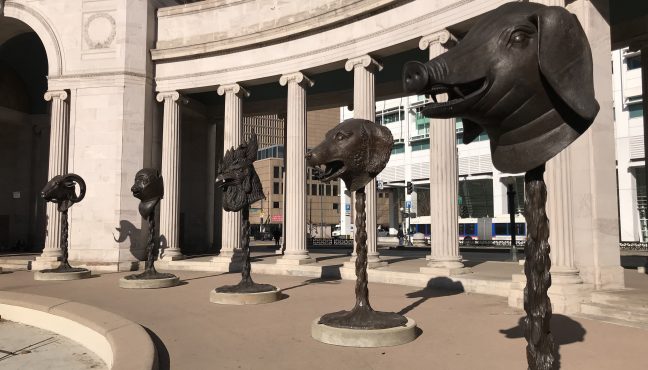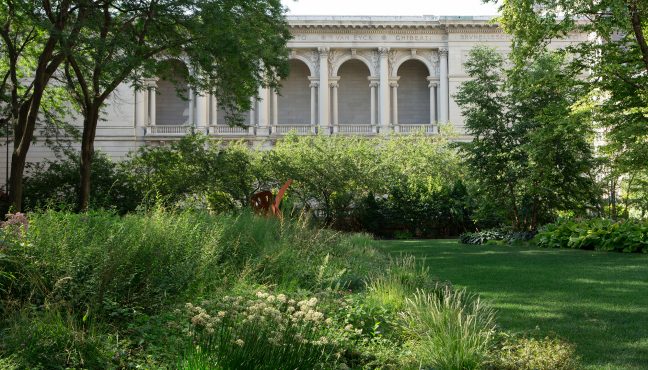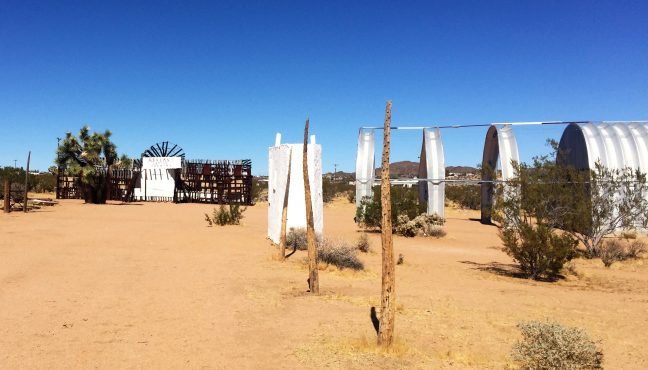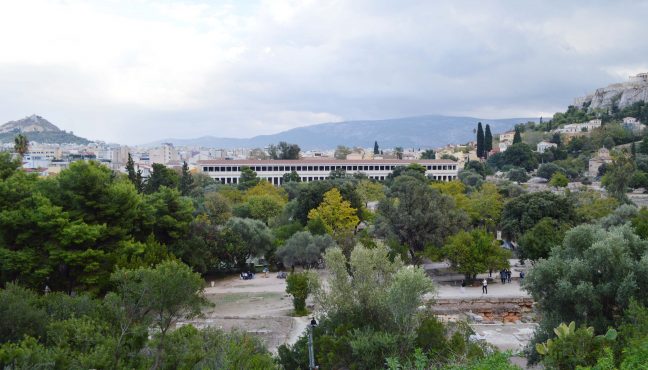One of the Canary island, Gran Canaria, is mainly famous for its golden beaches, azure ocean and plenty of palms trees decorating its coast. This attracts plenty of visitors that head to the south part of the island to enjoy the sun and relaxing atmosphere. However, the island offers something more magical and unique. The rich heritage of the pre-Hispanic times can still be experienced, but the only way to do so is by exploring the north of the island, which a bit more cloudy and less touristic.
You can reach the small town of Galdar, which is located only 30 km away from the capital of Gran Canaria, Las Palmas, by following along the north coast of the island towards the west; just an hour bus ride from the modern and crowded city can move you back in time hundreds and hundreds of years! „La Cueva Pintada” means in Spanish „Painted Cave” and refers to the unique archeological discovery of the pre-Hispanic Canaries, when the former inhabitants - the Guanches, lived on the island. Also, Gran Canaria is the only island from the archipelago, where such historical treasure was found.


Though, the official date of discovering the cave by José Ramos Orihuela is 1873, the cave must have been found far earlier, in 1862, during the agricultural works including planting the cactuses. However, it was Orihuela who went through the narrow hole into what turned out to be the roof of the Guanches’ temple - now called „Sistine Chapel”. He saw what he described as the series of geometrical patterns painted of the walls of the cave in the three colors: white, red and black (the black was actually the spaces that was left empty and the dark color of the stone made it looked black). The colors were acquired from the different minerals. The meaning of this combination of triangles, circles, squares and angles is still unknown, but because of the regularity of the paintings - usually in the series of twelve - it is assumed by archeologists that it could have been a sort of a calendar. The cave is not a single enclosure, but is part of the six caves complex. Apart from finding the everyday objects, which will be mentioned later, the archeologists discovered the mummies that suggested the religious character of the place. Using different dating systems allowed the site to be dated between 6th century to 16th century, though precise definition is impossible.
In 1884, traveler and writer, Olivia Stone, visited the cave and was the first to try and attract the institutions’ attention to start the preservation of the cave and possibly open it to the public:
"I suggested that the city [Gáldar] should buy soon the cave as could be done at a low price, which then should be thoroughly cleaned and close with canceled out, that if charged a small entrance, say, a real (two halfpence)”.
It started a very long process and a real battle of the researches, archeologists and historians against the tardiness of the state to preserve the cave. The constant laziness of the institution was criticized and led to several press campaigns. In 1970 the Commissioner General of Archaeological Excavations finally undertook the works of insolation and protection the cave from the humidity that throughout the years affected the paintings badly. The intervention was completed and the special architectural construction was built to shelter the caves. In 1972 „La Cuvea Pintada” was declared Artistic Historical Monument. However, the real fight with the excessive humidity only begun and it was not until 2006 that the cave was finally opened to the public. The twenty-four years of work were absolutely worth it. Though, the entrance to the cave is always controlled by the guide and the photos are not allowed.
„La Cueva Pintada” is located in the heart of Galdar, close to the historical center, and is very easy to find. Visitors can choose between having a tour guide or wandering around and exploring on their own. The guided tour usually starts in the basement of the Museum and explains the pre-Hispanic history of the island through visual material. The 3D figures speak directly to the visitors and particularly affect the curiosity of the children. On the ground floor, the exhibition also covers various utensils found on the site during the archeological works, as the temple was surrounded by the remains of the „houses”. The collection contains decorated ceramic pots and everyday use items such as knives and thimbles. Many of the pots are painted in red and covered in the geometrical patterns and again, Gran Canaria was the only island, where such items were discovered. Perhaps the most interesting thing is that among the utensils there are also a little clay statues of the idols with animals or human, mostly feminine, figures. At the end of that part of the display, another video invites visitors to visit the pre-Hispanic town of Galdar.
Now, the visitors can explore the caves and the houses. The tour is separated by screens located in the different points of the site, where the guest can watch and listen the important information in four different languages. The footage presents the historical reconstruction of the everyday life of the Guanches. It is an exciting feeling to sit here in what remains and feel the coolness of the stones that „remember” it all while watching the film. The guests can see how the „ordinary” people of the tribe lived, where they ate, where they slept and where they worked.


The Museum also has a special didactic classroom where different educational activities can take place. As a Museum and Archeological Park, the site is involved in my educational and research programs. There is also a library and laboratory for the visiting researchers and restores.
When choosing Gran Canaria for a holiday destination, Galdar should always be on the „must see” list. Not only does it give you the insight into pre-Hispanic times but it also reveals the current magic of the island, far from its touristic character. It’s a perfect place to spend the day, or even just the afternoon, and explore the Canary Islands in a bit of a different way - especially when finishing the Museum visit with some tapas and a beer in the nearby cafe!
